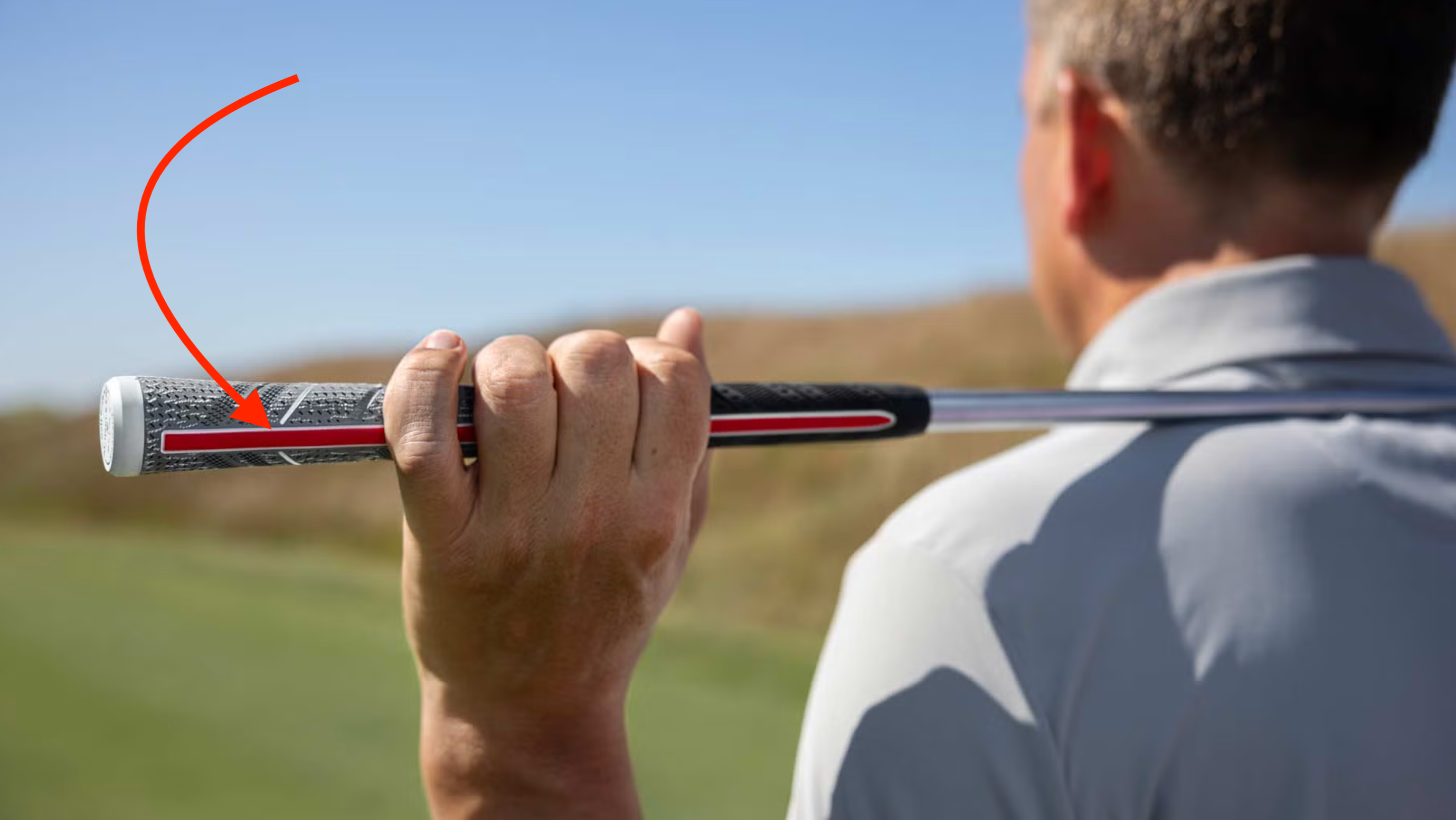Get a grip: The most overlooked fix in your bag
When it comes to dialing in your bag, people obsess over the big-ticket items: the latest driver, new irons, maybe even a fresh set of wedges, or the latest magic wand on the greens. But there’s one piece of equipment that literally connects you to every shot, and it’s often overlooked … your grips.
Yep, we’re talking about the rubber (or cord, or wrap or hybrid) in your hands. Grip size, grip feel, grip condition, it all matters more than you think.
Grip size: It’s more personal than scientific
There’s this old-school idea that your hand size alone should determine your grip size. “Measure your glove size, match it to a chart, boom … you’re done.” Sounds nice, but it’s not that simple.
While hand size gives you a starting point, the right grip is about way more than just measurements. It’s about feel, control and confidence. And your feel is uniquely yours.
Some players with big hands prefer smaller grips because it helps them release the club. Others with smaller hands use oversized grips because it calms their hands down and brings consistency. As nice as it would be, there’s no “one-size-fits-all” type of answer. And honestly, there’s no shame in going against the grain. You’re not alone.
If you feel like you’re fighting with yourself, or with your hands, or losing the club mid-swing, your grip might be the real issue.
What does “the right grip” actually mean?
The right grip is the one that:
– Feels comfortable at address
– Doesn’t twist or slip during the swing
– Helps you find the center of the face more often
Simple, right? If you’re gripping too tightly, if the club moves in your hands, or if your hands feel “busy,” chances are your grip size or style just isn’t working for you. It might even be hurting your game more than you realize.
Don’t sleep on texture and density
It’s not just about the size of the grip. Texture and density matter just as much. Some grips are soft and tacky, others are firm and corded. Some are built to handle humidity, others feel great even with dry hands in cold weather.
This is personal preference, plain and simple. Some players want feedback, others want comfort. And only by testing can you figure out which one actually helps YOU control the club better.
Busting common grip size myths
Let’s clear a few things up:
“Larger grips eliminate hooks.” Maybe for some players. But others will squeeze a larger grip and flip their hands through impact. They can also kill your feel, block your release and introduce misses the other way.
“Smaller grips add distance.” Not always. They might speed up your hands, but they can also mess with your timing.
“Tour players all use midsize grips or wraps.” Nope. Grip sizes vary wildly on Tour. Some pros use jumbo grips on wedges, others go undersize on drivers. Why? Because feel matters more than theory.
Get fit. Test Grips. Thank yourself later.
Here’s where things get real. You wouldn’t buy a set of irons without trying them. So why would you commit to 13 grips without testing a few?
Getting fit for grips is fast, affordable and incredibly useful. Some fitters even have you hit shots with different grip sizes and styles so you can see what works best for YOUR swing. It’s not just about comfort, it’s about performance.
Testing a few grip options could uncover a feel that makes you swing more freely, hit more fairways and maybe even enjoy your rounds more. If you ask me, that’s worth the effort.
All of our market picks are independently selected and curated by the editorial team. If you buy a linked product, GOLF.COM may earn a fee. Pricing may vary.
True Spec Golf Club Fitting
Tips for choosing the right grip
Not sure where to start? Here’s a quick guide to help you sort it out:
Try a few sizes: Standard, midsize, jumbo … even a couple wraps of tape under the grip can change the feel and make a soft grip feel firmer. Don’t be afraid to experiment.
Pay attention to your hands: Do they feel overactive or tense? Are you holding on too tight? A grip that fits your hands properly can calm that down. Excessive wear on your glove can also be a sign that your grip just isn’t right.
Test different materials: Tacky, soft, firm, corded … each has a different feel and reacts differently in heat, humidity or rain.
Get on a launch monitor: Some fitters will let you test grip sizes during a hitting session. Look at consistency, dispersion and where you’re striking the face.
Start with your most-used clubs: If you’re not ready to regrip everything, test your driver, your 7-iron and your favorite wedge. You’ll notice differences pretty quickly.
Change them regularly: Worn grips lead to tension, slipping and inconsistency. Once a year is a good rule of thumb — twice if you play or practice a lot.
Your hands deserve better
Grips aren’t glamorous, but they’re one of the most important parts of your setup. If your grip doesn’t feel right, it’s going to show up in your swing — whether it’s tension, timing, or just flat-out inconsistency.
Finding the right grip is about comfort, control and confidence. It should feel natural in your hands and give you the trust to swing freely without overthinking. That’s what you’re really after.
So do yourself a favor: get fit, try a few options and treat your hands to the feel they deserve.
You might just be a grip change away from your best golf yet.
Ready to find the right grip? Book your next fitting at your local True Spec Golf
The post Get a grip: The most overlooked fix in your bag appeared first on Golf.





